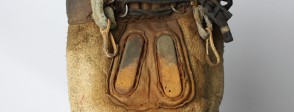This selection of images focuses on gas as a weapon in the First World War. Both sides had to develop anti-gas protection for the troops and their animals. Early on, improvised nose plugs were used to help horses breathe during gas attacks. The earliest gas masks for soldiers were cotton hoods soaked in bicarbonate of soda, but by 1917 troops were issued with fitted masks with airtight seals and filters containing chemicals to neutralise the gas.
German mounted lancer wearing a gas mask
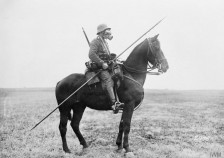
© IWM (Q 56522)
See more See more: http://www.iwm.org.uk/collections/item/object/205080681A British hypo helmet or ‘smoke helmet’
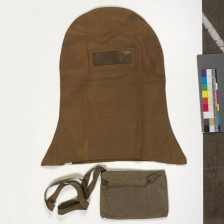
A British hypo helmet or ‘smoke helmet’. These hoods, which were soaked in protective chemicals to neutralise gas, replaced the earliest face pads and veils that used to protect troops from gas.
© IWM (EQU 3913)
See more See more: http://www.iwm.org.uk/collections/item/object/30015954A British small box respirator
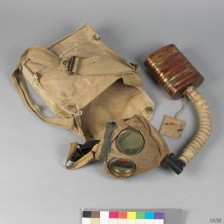
A British small box respirator. This type of mask, which was more fitted around the face, offered better protection for soldiers. They became standard issue by spring 1917.
© IWM (EQU 3915)
See more See more: http://www.iwm.org.uk/collections/item/object/30015956A gas mask factory
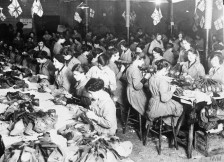
A gas mask factory in London. This was the type of war work that many women were employed to do on the home front during the First World War
© IWM (Q 28586)
See more See more: http://www.iwm.org.uk/collections/item/object/205196424A German artilleryman and his horses
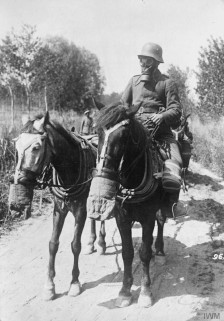
A German artilleryman and his horses. He is wearing a respirator and the horses are also wearing gas masks.
© IWM (Q 55085)
See more See more: http://www.iwm.org.uk/collections/item/object/205194057A messenger dog wearing a gas mask, and his handler
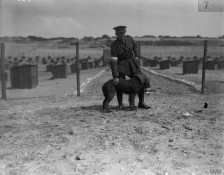
© IWM (Q 29560)
See more See more: http://www.iwm.org.uk/collections/item/object/205269486

